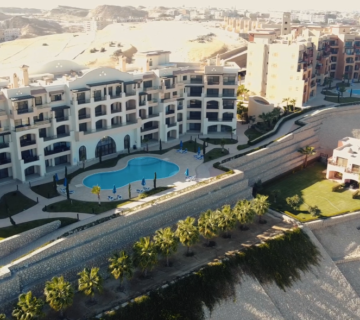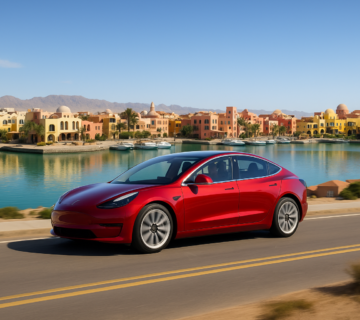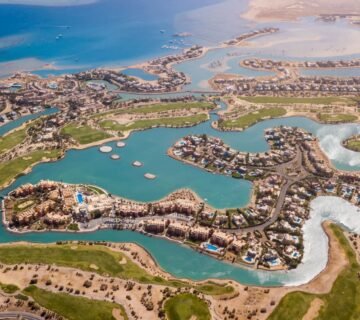Smart Cities and Urban Real Estate: A Look at the Future of Urban LivingUrban landscapes are changing fast. Smart cities lead this transformation by combining modern technology with innovative design. They create efficient, sustainable, and livable spaces. This post explains how smart infrastructure and tech-enhanced living redefine property development and shape urban life.

The Rise of Smart Cities
Smart cities use digital technology and connected systems to boost urban life, lower resource use, and improve services. Sensors track traffic, energy, and waste. City planners then use this real-time data to make wise decisions, resulting in more sustainable urban growth.
Key Components of Smart Cities
- IoT and Sensor Networks: Devices across the city collect data on weather, traffic, and energy. This information helps manage resources effectively.
- Data Analytics and AI: These tools predict maintenance needs and guide decisions, ensuring urban systems run at peak performance.
- Connectivity: High-speed internet and 5G connect devices, buildings, and people, creating a linked urban ecosystem.
- Sustainable Practices: Smart cities focus on green building and renewable energy. They design spaces that protect the environment.
Transforming Property Development
Property development has used innovative technology from the start. Developers build smart buildings and communities that meet residents’ needs and run efficiently.
Technology-Enhanced Building Design
- Smart Building Management Systems (BMS): These systems adjust lighting, HVAC, and security based on occupancy. They reduce energy use and boost comfort.
- Automated Systems and IoT Integration: Smart locks, energy-efficient appliances, and sensors monitor building health. This real-time feedback helps optimize performance.
- Sustainable Materials: Developers now use eco-friendly materials. They also integrate solar panels and energy storage systems into designs.
Urban Planning and Real Estate Investment
Smart infrastructure is changing urban planning. City planners now use data to choose land use, plan transportation, and set zoning rules. This data-driven approach creates resilient, sustainable communities.
- Integrated Transportation Systems: Smart traffic systems and real-time transit updates cut congestion and improve accessibility for residents and investors.
- Dynamic Zoning and Mixed-Use Developments: Flexible zoning supports a mix of residential, commercial, and recreational spaces. This blend makes urban areas more vibrant.
- Data-Driven Investment Decisions: Investors now rely on market trends, occupancy rates, and energy data. This insight helps them lower risks and make better choices.
Benefits for Residents and Investors
Enhanced Quality of Life:
Smart cities offer improved safety, convenience, and sustainability. Automated systems reduce errors and strengthen security. Additionally, smart infrastructure provides real-time updates that help residents manage daily tasks, such as navigating traffic or reducing energy use.
Increased Property Value:
Incorporating innovative technology boosts property value. Energy-efficient designs and added amenities lower operating costs. As demand grows for tech-savvy, sustainable living, property values rise.
Challenges and Considerations
Despite their promise, smart cities face challenges. Cybersecurity is a top concern because increased connectivity can invite cyberattacks. Moreover, high initial costs can be a barrier. Integrating new technology with old systems also adds complexity. Finally, policymakers must update regulations to keep pace with rapid innovations.
The Road Ahead
Innovative technology is reshaping how we plan, build, and manage cities. Smart cities will offer even more sustainable and efficient solutions as technology evolves. Developers, investors, and policymakers must work together to overcome challenges. By doing so, they can fully benefit from smart infrastructure and create thriving urban spaces.
Conclusion
Smart cities transform urban real estate by weaving technology into every part of city life. This evolution creates new opportunities for sustainable growth and a




No comment